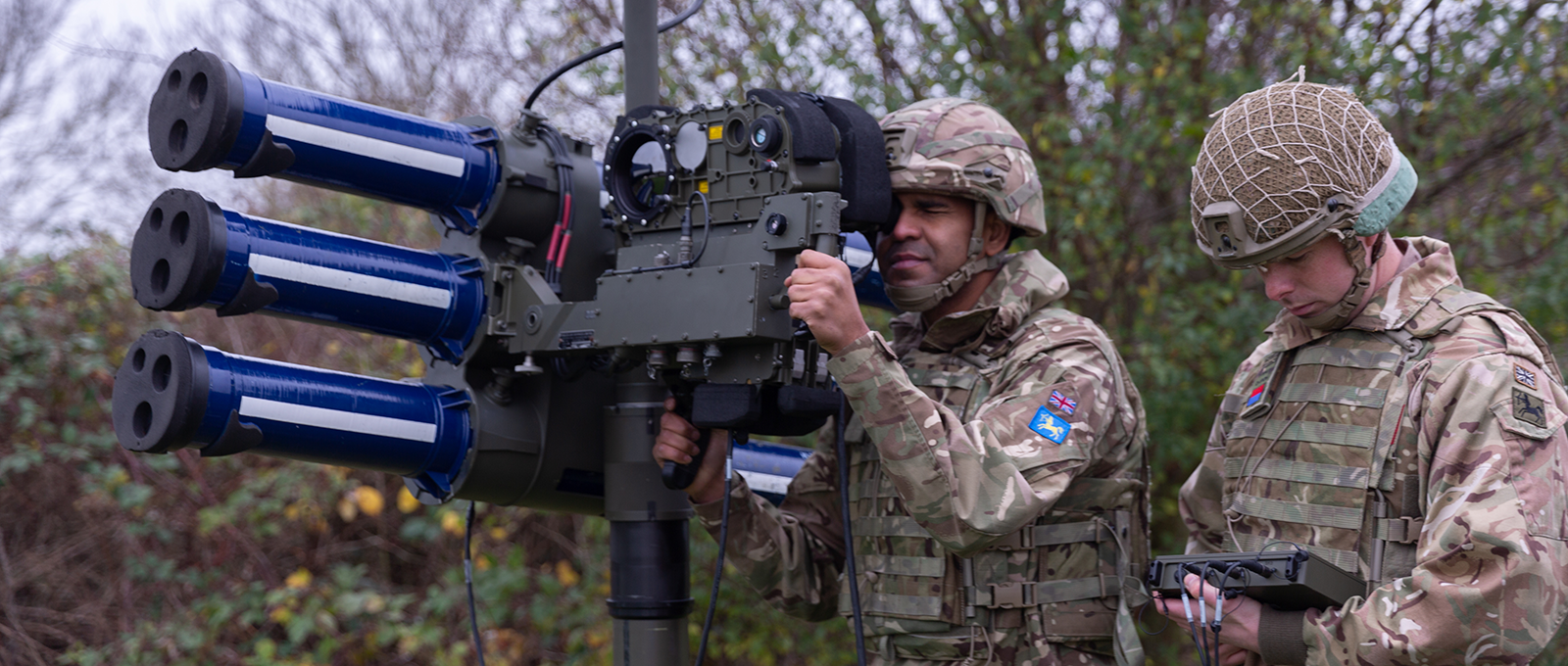What Is Ac130 - The two lines form an 'X'. Indicates a way to close the communication or cancel the notification.
A home chevron icon indicates an expandable section or menu, or sometimes previous/next navigation options. Military and Defence
What Is Ac130
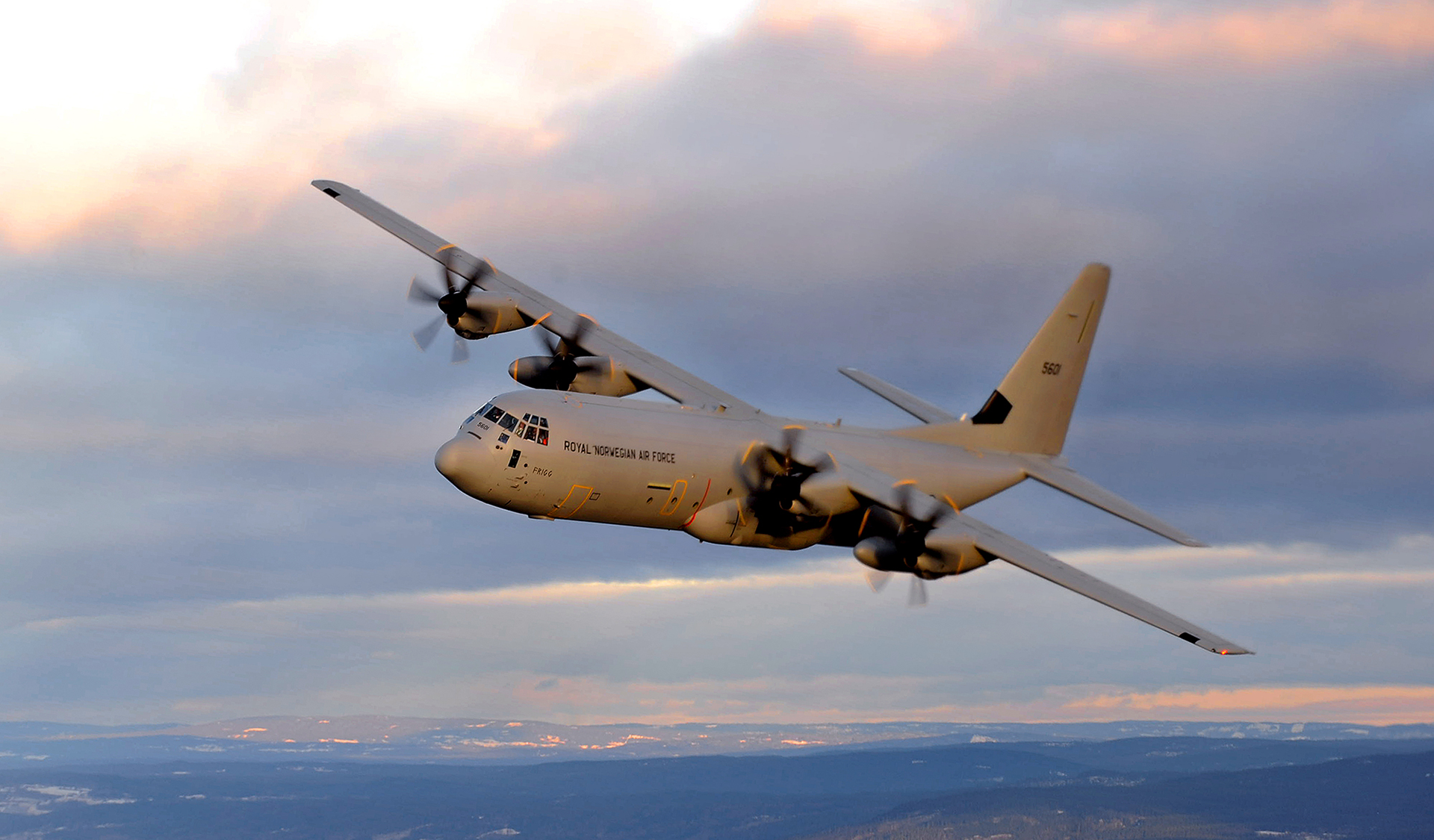
The Twitter icon is a stylized bird tweeting freely. The Twitter LinkedIn logo is the word "About". LinkedIn Flipboard Logo Stylized Letter F. Flipboard Facebook logo f. Letter F. Convert Facebook Email Logo. Indicates the ability to send email. Email link icon Chain link icon. The website link links to the url. Copy the link
The Air Force Gives The Ac 130 The Giant Cannon It Deserves
AC-130 is mediocre. Originally a cargo plane in the 1950s, the C-130 was equipped with Hercules guns, advanced avionics, guns and other weapons.
Able to fly faster and higher than the Dikuchar, but with excellent range and better timing, the AC-130 is one of the most effective platforms for reducing the level of destruction in the air, sea or land.
The AC-130's magic is its ability to bank and fly slowly, while the side guns do damage over the center point.
The heart and soul of a gun is the team. Here we see them working together to man the 40 mm cannon. The Lockheed AC-130 is a heavily armed, long-range, surface attack variant of the C-130 Hercules transport, fixed-wing aircraft. It has surface attack weapons integrated with sophisticated missile, navigation and anti-fire systems. Unlike other modern military fixed-wing aircraft, the AC-130 is based on visual targeting. Close air support missions are usually flown at night because of their large profile and low altitude of about 7,000 ft (2,100 m).
Ac 130 Gunships Are Using This Rifle Sight To 'zero In' On Bad Guys
The airframe is manufactured by Lockheed Martin, while Boeing is responsible for weapon conversion and aircraft support.
During the Vietnam War, the AC-130, designated the Gunship II, replaced the Douglas AC-47 Spooky or Gunship I. The United States Air Force operates the single operator AC-130U Spooky and the AC-130W Stinger II.
Close air support roles include ground force support, transport convoys and urban operations. Air interdiction operations are conducted against planned targets and targets of opportunity. Air defense operations include protecting air bases and other facilities. AC-130Us are based at Hurlburt Field, Florida, and AC-130Ws are based at Cannon AFB, New Mexico; Weapons can be deployed around the world.
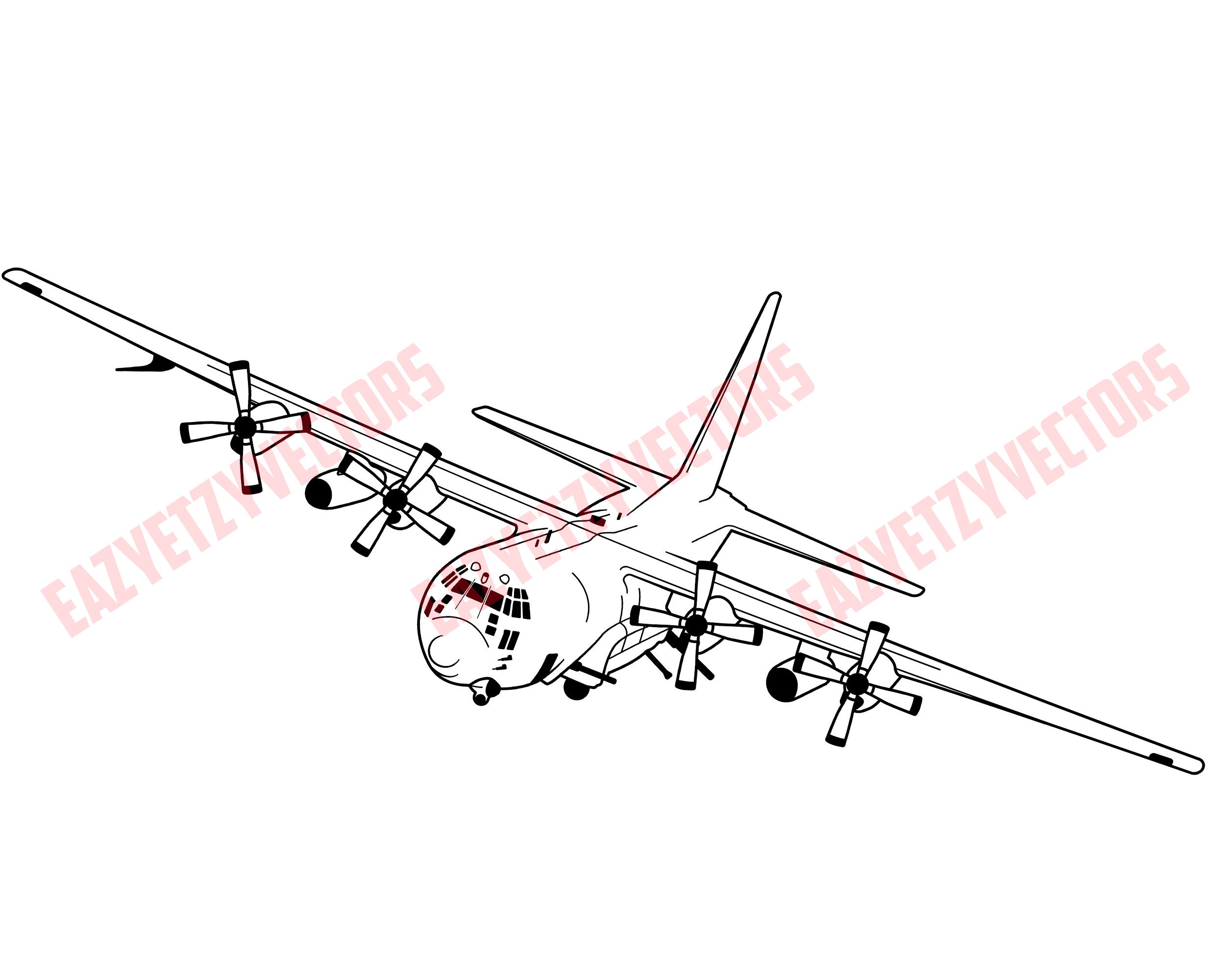
The squadrons are part of the Air Force Special Operations Command (AFSOC), a component of the US Special Operations Command.
The Reason Russia Wants Its Own Scary “spookovik” Gunship
The AC-130 has an unencumbered cockpit, with firing from the port side of the sail. During the attack, the weapon performs a pilot turn, flying in a large circle around the target, so it can fire longer than a normal melee attack. The AC-130H Spectrum is equipped with two 20 mm M61 Vulcan cannons, one L/60 Bofors 40 mm cannon, an M137 105 mm cannon from the M107 howitzer, and an M37 recoil mechanism; After 1994, the 20mm cannons were removed. The modernized AC-130U Spooky has a single 25mm GAU-12 equalizer cannon instead of the Spectre's two 20mm cannons, an improved fire control system and increased ammunition capacity.
The new AC-130J is based on the MC-130J Commando II special operations tanker. The AC-130W Stinger II is a modified C-130H with upgrades including a precision strike package.
During the Vietnam War, the C-130 Hercules was chosen over the Douglas AC-47 Spooky Gunship (Design Gunship I) to increase operational duration and ammunition carrying capacity. The use of a pylon turn, which could fly faster and at higher altitudes than helicopters, allowed the AC-47 to deliver continuous, accurate fire at a single point on the ground.
In 1967, JC-130A 54-1626 was selected to be the prototype for the AC-130A gunship (Design Gunship II). Modifications were made by the Aviation Systems Division at Wright-Patterson Air Force Base. A direct-sight telescope is mounted above the front door, an infrared front-facing device is mounted in front of the left wheel, and the minigun and cannon are mounted low and far to the left. A prototype analog fire control computer was hand-developed by RAF Wing Commander Tom Pinkerton at the USAF Aviation Laboratory at Wright-Patterson AFB. Flight testing of the prototype was conducted primarily at Eglin Air Force Base, followed by testing and modifications. By September 1967, the aircraft was certified ready for combat testing and was sent to Nha Trang Air Base in South Vietnam for a 90-day test schedule.
Lockheed Martin Ac 130 / Variants
The AC-130 was later supplemented by the AC-119 Shadow (Design Gunship III), which proved capable.
The surprise package upgrade included the latest 20mm rotary autocannons and 40mm Bofors cannons, but no 7.62mm close-in guns. The surprise package configuration serves as a testbed for avionics systems and weapons for the AC-130E. In 1970, 10 AC-130As were purchased under the Pave Pronto project.
In the summer of 1971, the Surprise Package AC-130s were converted to Pave Pronto configuration and received the new nickname Thor. Conversion of C-130Es to AC-130Es for PAVE Spectrum Project.
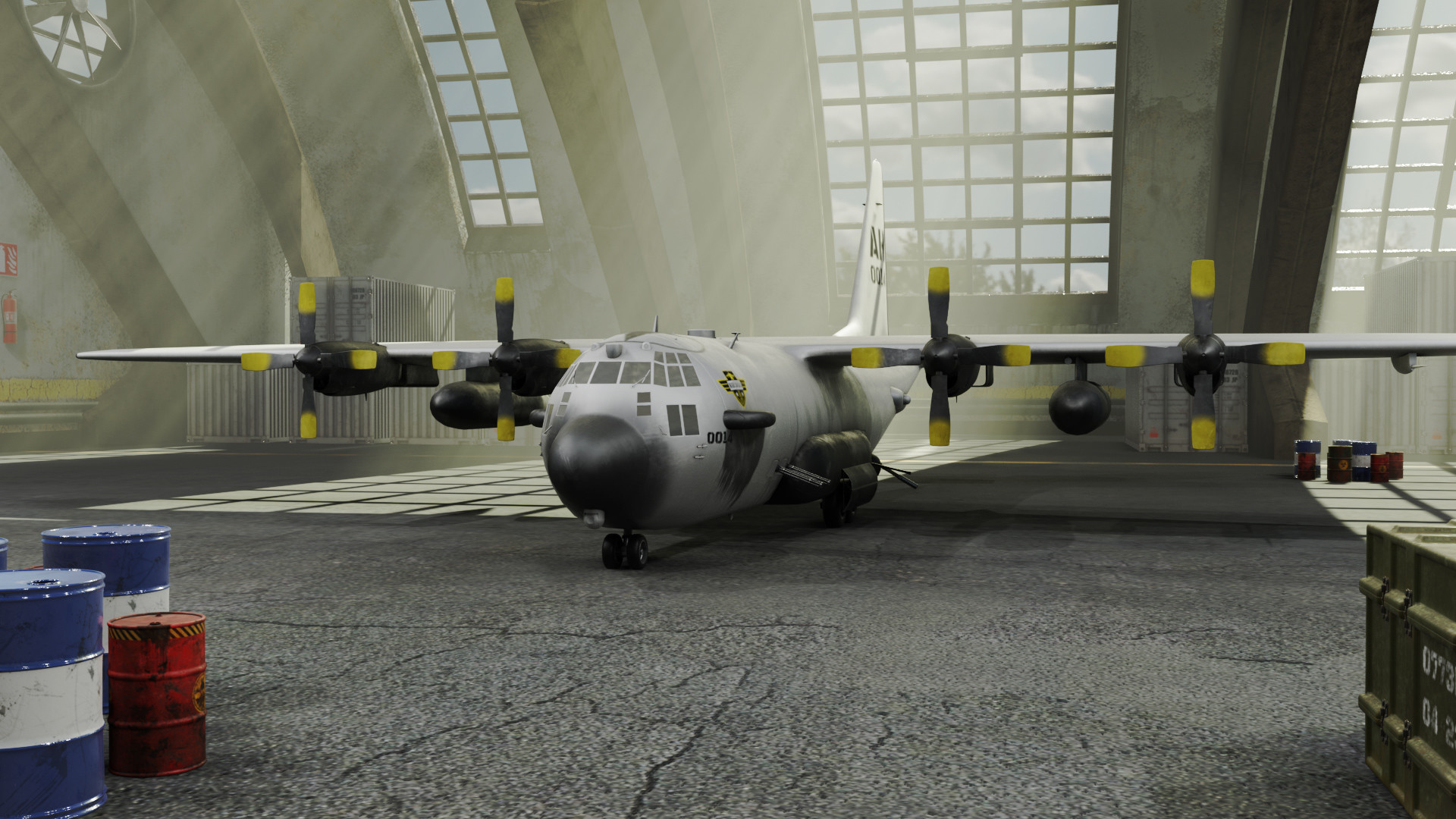
Despite the project names, the aircraft were referred to by the squadron's call sign Spectre.
The U.s. Gunship That Slaughtered Doctors And Patients In Kunduz
In 2007, AFSOC began a program to upgrade the armament of the AC-130s. The test program was to replace the 25 mm GAU-12/U and 40 mm Bofors cannons in the AC-130U armament with the 30 mm Mk 44 Bushmaster II cannon.
In 2007, the Air Force converted four AC-130Us into test beds for Bushmasters. These were called AC-130U Plus 4 or AC-130U+4. However, AFSOC has canceled plans to install new missiles in the AC-130U fleet. He later removed the armament and restored the original 40mm and 25mm cannons and returned the fighter to combat service.
Brigadier General Bradley A. Heithold, AFSOC's director of plans, programs, requirements and evaluation, said on August 11, 2008 that the effort was canceled due to problems with Bushmaster's accuracy in tests "at the height of our mission." He also said that a review of the schedule prompted the decision.
Plans were made to replace the 105 mm cannon with a 120 mm M120 mortar and provide countermeasures against the AC-130 using the AGM-114 Hellfire missile, an advanced precision kill weapon system (basically). Hydra 70 missile) or Viper strike glide bomb.
Ac 130 Gunships Are Finally Getting A New 105mm Howitzer
In 2010, the Air Force awarded L-3 Communications a $61 million contract to add precision strike packages to eight MC-130W Combat Spear special purpose aircraft.
Providing weapon-like attack capabilities; The MC-130Ws are known as Dragon Spears. AFSOC is equipping these aircraft to supply the new AC-130Js to overcome increased requirements for AC-130 weapons.
Precision Strike packages include a 30mm gun and several precision weapons. An outboard pylon mounts four Hellfire missiles, rails for SDB or SDB II aircraft. Common launch tubes (CLT) are mounted on the rear ramp to fire Griffin A rockets; Additional missiles are stored on board, which can be reloaded in flight.

CLTs can fire other small projectiles, which can be placed in 6 (15 cm) diameter, 48 wide (1.2 m) long tubes.
How The Ac 130 Gunship Was Born
The AC-130J Ghostrider, launched in 2011 and based on the newly built MC-130J Combat Shadow II special operations tankers, has a "precision strike package" to provide attack capability, costing $1.6 billion. From FY 2011 to FY 2015. This increased the size of the fleet to 33 aircraft, an increase of eight following the retirement of eight aging AC-130Hs. The first aircraft will be purchased in fiscal year 2012, two in fiscal year 2013, five in fiscal year 2014 and the final eight aircraft in fiscal year 2015.
The decision to retain the C-130 comes after 16 C-27J funds were removed from the fiscal 2010 budget.
On January 9, 2013, the Air Force began converting the first MC-130J Fighter Shadow II to the AC-130J Ghostrider.
The AC-130J has two planned enhancements: the Block 10 configuration has an internal 30mm gun, small diameter bombs and laser-guided missiles from the rear cargo door; And the Block 20 configuration includes a 105mm cannon, large anti-aircraft infrared countermeasures, wing-mounted Hellfire missiles and radio frequency countermeasures.
Ac 130 Above!!!!!
The Air Force decided to add a 105mm cannon to the AC-130J along with a 30mm cannon and smart bombs, shells more accurate and cheaper than firing SDBs. AFSOC is actively seeking to replace the 30mm gun on the AC-130J by 2022.
Similar to the previous Advanced Tactical Laser program. It must produce a beam of 120 kW, or about 180-200 kW, and weigh 5,000 pounds (2,300 kg) to defend against anti-aircraft missiles and protect communications towers, boats, cars and airplanes. .
Other potential additions include an active call system for airborne group control and remote video feed from normal flight tubes to small unmanned aerial vehicles and coordinates to weapons operators via cloud coverage.
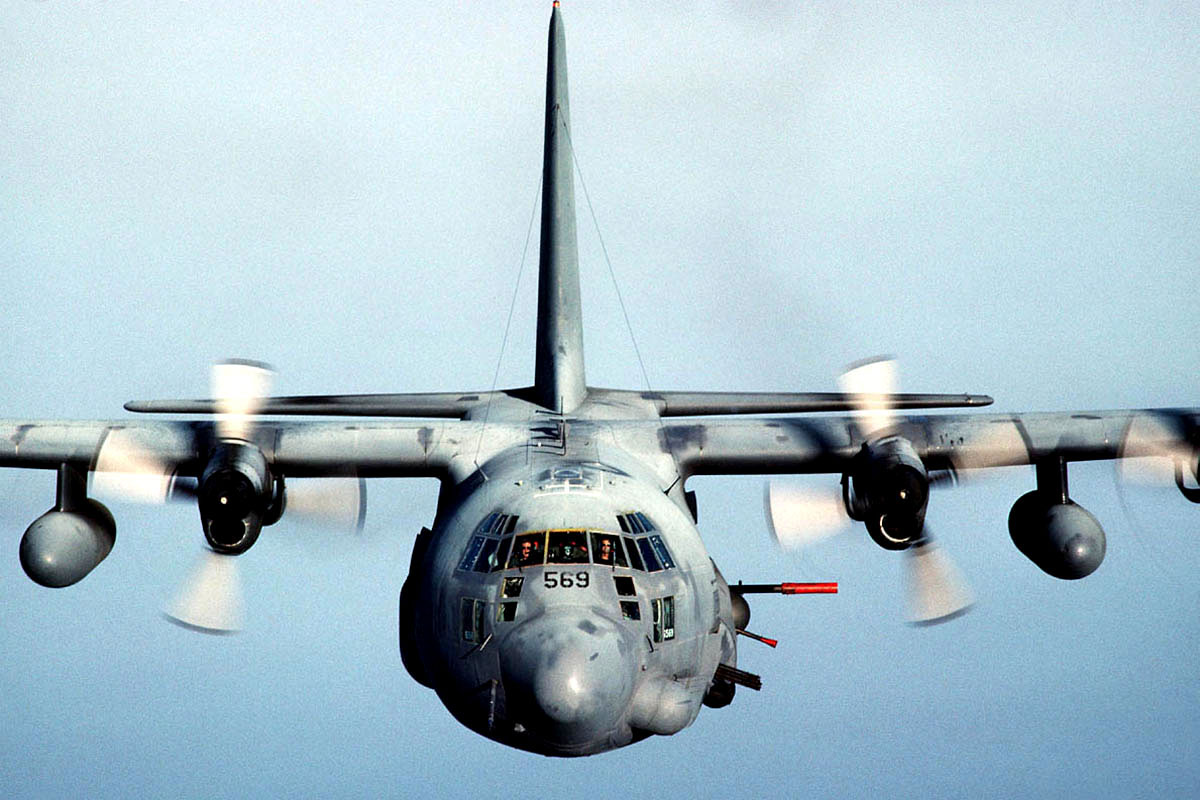
Unmanned aerial vehicles called Tactical Off-Board Ssor (TOBS) can be used
Afsoc Ac 130j Gunship To Fire Laser Weapon In Flight Test In 2023
Ag-ac130, lockheed ac130, vox ac130, ac130 gunship, panasonic ac130, ag ac130, toy ac130, ac130 model, ac130 footage, spectre ac130, ac130 game, ac130
